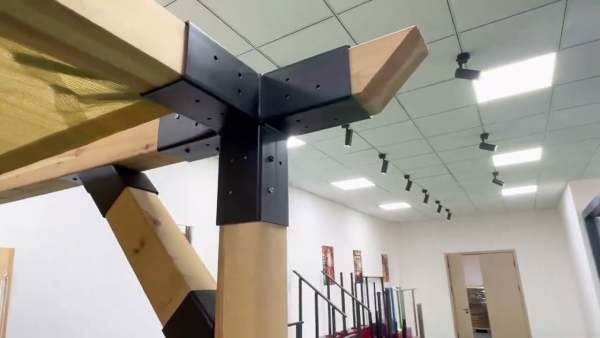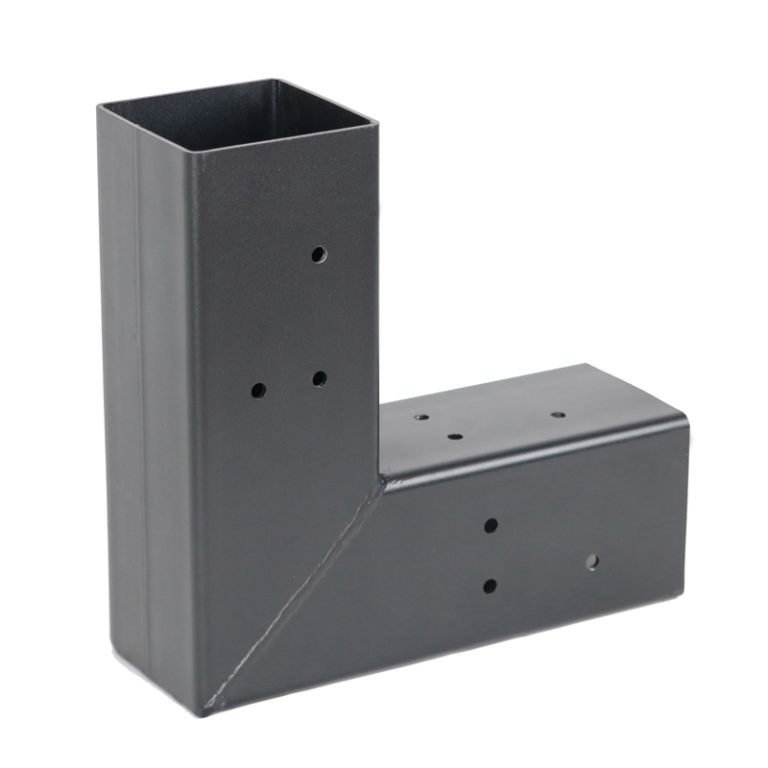Table of Contents
Benefits of Obtaining Planning Permission for Building a Pergola
Planning permission is a crucial aspect of constructing any new structure on your property, including a pergola. While it may seem like an unnecessary step, obtaining planning permission for building a pergola can have numerous benefits in the long run. In this article, we will explore the advantages of obtaining planning permission for building a pergola and why it is essential to follow the proper procedures.
One of the primary benefits of obtaining planning permission for building a pergola is that it ensures compliance with local building regulations. These regulations are put in place to ensure the safety and structural integrity of any new construction. By obtaining planning permission, you can rest assured that your pergola meets all the necessary requirements and will not pose a risk to you or your property.
Additionally, obtaining planning permission can help protect the value of your property. When potential buyers are looking at a property, they want to know that any structures on the land have been built legally and are up to code. By obtaining planning permission for your pergola, you can provide potential buyers with the peace of mind that comes with knowing that the structure is compliant with all regulations.
Furthermore, obtaining planning permission can help prevent any potential legal issues down the line. If you build a pergola without obtaining the necessary permissions, you may face fines or even have to remove the structure altogether. By following the proper procedures and obtaining planning permission, you can avoid any legal headaches and ensure that your pergola is built in accordance with all regulations.
In addition to these practical benefits, obtaining planning permission for building a pergola can also help you design a structure that complements your property. When you apply for planning permission, you will need to submit detailed plans and specifications for your pergola. This process allows you to work with architects and designers to create a pergola that fits seamlessly into your property and enhances its overall aesthetic appeal.
Moreover, obtaining planning permission can also help you avoid any potential conflicts with your neighbors. Building a pergola without planning permission can sometimes lead to disputes with neighbors who may be concerned about the impact of the structure on their own property. By obtaining planning permission, you can address any potential concerns upfront and ensure that your pergola is built in a way that is respectful of your neighbors’ interests.
Overall, obtaining planning permission for building a pergola is a crucial step in the construction process. Not only does it ensure compliance with local building regulations and protect the value of your property, but it also helps you design a structure that complements your property and avoids any potential legal issues or conflicts with neighbors. By following the proper procedures and obtaining planning permission, you can build a pergola that enhances your outdoor space and provides you with years of enjoyment.
Step-by-Step Guide to Applying for Planning Permission for a Pergola
When considering adding a pergola to your property, it is important to understand the regulations and requirements for obtaining planning permission. A pergola is a popular outdoor structure that can enhance the aesthetics and functionality of your outdoor space. However, before you start building, it is crucial to ensure that you have the necessary approvals in place.
The first step in the process of obtaining planning permission for a pergola is to determine whether you actually need it. In some cases, small pergolas may be considered as permitted development and may not require planning permission. However, this will depend on the size, location, and design of the pergola. It is always best to check with your local planning authority to confirm whether planning permission is required for your specific project.
If planning permission is required, the next step is to prepare a detailed application. This will typically involve submitting plans and drawings of the proposed pergola, along with any other relevant information such as the materials to be used and the intended location. It is important to ensure that the application is complete and accurate to avoid any delays in the approval process.
Once the application has been submitted, it will be reviewed by the planning authority. They will consider factors such as the impact of the pergola on the surrounding area, including any potential visual or environmental impacts. They will also assess whether the proposed pergola complies with local planning policies and regulations.
During the review process, the planning authority may request additional information or modifications to the plans. It is important to respond promptly to any requests to ensure that the application can be processed in a timely manner. If the application is approved, you will receive a formal decision notice outlining any conditions that must be met before construction can begin.
If planning permission is refused, you have the right to appeal the decision. This will involve submitting additional information or making changes to the plans to address any concerns raised by the planning authority. It is important to carefully consider the reasons for the refusal and work with the planning authority to address any issues.
Once planning permission has been granted, you can proceed with the construction of your pergola. It is important to ensure that the pergola is built in accordance with the approved plans and any conditions set out in the decision notice. Failure to comply with these requirements could result in enforcement action being taken by the planning authority.
In conclusion, obtaining planning permission for a pergola is an important step in the process of adding this structure to your property. By following the steps outlined in this article and working closely with your local planning authority, you can ensure that your pergola project is carried out in compliance with regulations and requirements. Planning permission may seem like a daunting process, but with careful preparation and attention to detail, you can successfully navigate the approval process and enjoy your new outdoor space.







